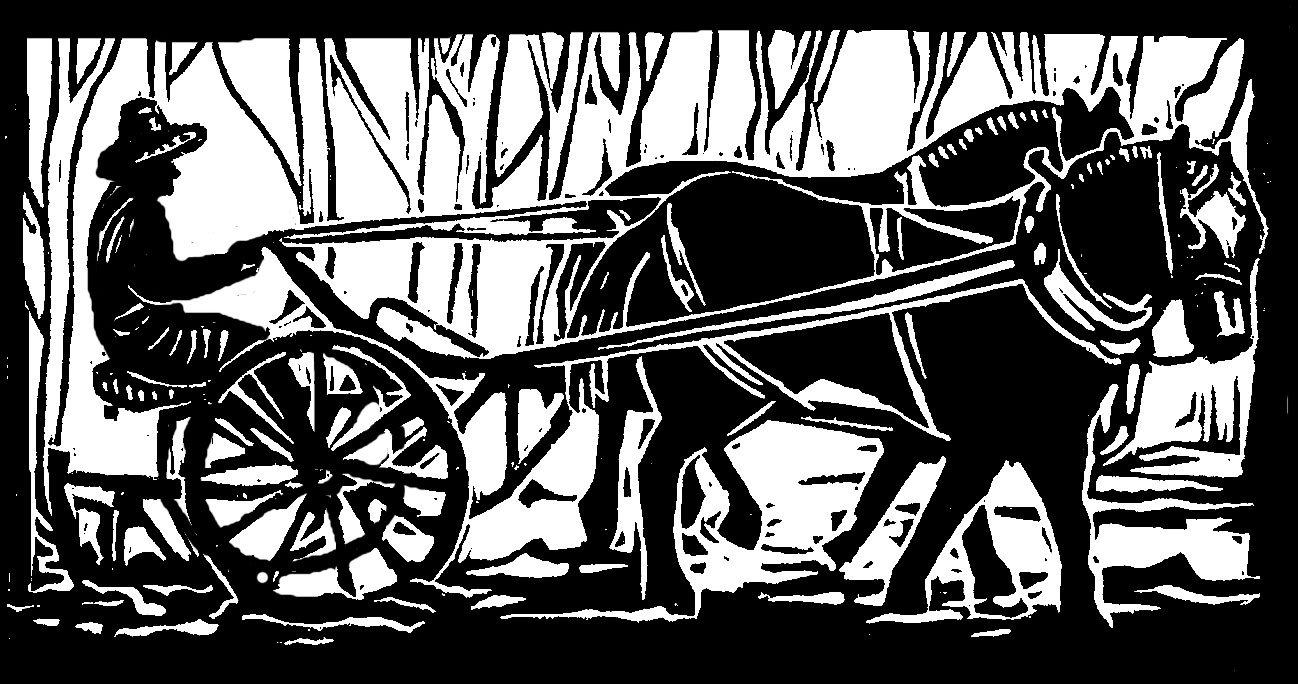My fellow farmer has been wanting to go to the Green Mountain Draft Horse Association auction for years. Unfortunately, the auction is always held on a Saturday morning in May, which is exactly when our Farmers’ Market happens.
Also unfortunately for my fellow farmer, his fellow farmer, i.e., me, finds the market both highly stimulating and exhausting, so I rarely go, which means he never gets to the auction.
But this year? This year I came up with a great idea to improve our farm efficiency. Since every horse-drawn implement requires both a neck yoke and an evener, and since we’ve never had enough of either, we are always running up to the hayfield to get the neck yoke and evener from the hay rake to use on the disc, or vice-versa, times ten implements. It is a lot of running back and forth, just getting ready to accomplish the thing you are trying to accomplish.
“What if,” I said to my fellow last winter, “we had a neck yoke and an evener for every single implement? We wouldn’t have to chase any down, or find the wrench to loosen the bolt to switch them from one implement to another. Think of all the time and energy that would save.”
My fellow loved the idea. “I’ll go to the auction!” he said enthusiastically.
“But the market,” I said. “Suppose we ask around first, see if we can find any around here.” Well, we did ask around, and had no luck.
Oh, I didn’t want to go to the market. But, oh, I love being more efficient.
“I could go, I suppose . . .” I said reluctantly. Then I had another brilliant idea. Our daughter would be finished with her college classes and senior project, and would be free as a bird, in my estimation at least, until graduation day. Plus she likes to go out in the world, just as her father does.
“Sure!” my dear daughter said right away. Thus we all got up at five a.m. on auction day.
One of us headed gleefully to northern Vermont. Another one of us, who had gone to bed after midnight, said, groaning, “What do we have to harvest?”
“Everything!” I answered.
Another, longer groan. “You mean I have to get up?”
My daughter and I harvested, washed, and bagged the vegetables, packed the car, and raced into town. We got our tent and table set up, thanks to the help of our nice neighboring vendor, who sells maple syrup and maple-lots-of-other-things. She surprised us with some maple cotton candy, which can cheer up even a worn-out imminently graduating college kid.
Our neighbor vendor has known my enthusiastic fellow farmer for several years now, and she said to me, laughing, “You’re brave to send him off to the auction by himself!”
I laughed too. “Well, he’s mostly excited about buying a bag of potato chips for lunch, so that seems like a nice low bar.”
Then the market started, and I went around to say hello to all the other nice vendors, whom I hadn’t seen for ages, while my daughter did all the work selling the vegetables.
Then I talked to our neighboring vendor on the other side, another vegetable farmer, and commiserated about growing vegetables, while my daughter did all the work selling the vegetables.
Then I had the pleasure of several market-goers saying how much they loved to read my Shopper articles, while my daughter did all the work selling the vegetables.
Pretty soon the market was over. “Well, that wasn’t so bad,” I said to my daughter, as we packed things up.
“That’s because you didn’t do anything!” she said.
I laughed some more. “I’m going to have to take a big nap after all that talking. It might be years before I can manage another market.”
My dear daughter rolled her eyes.
Originally published in the Monadnock Shopper News, June 1- June 7, 2022
